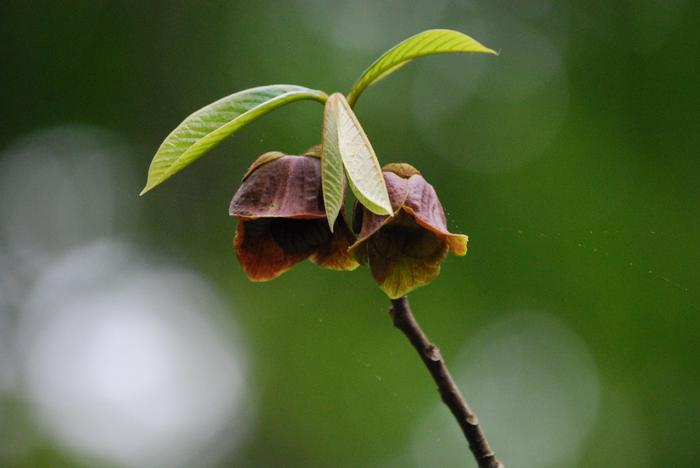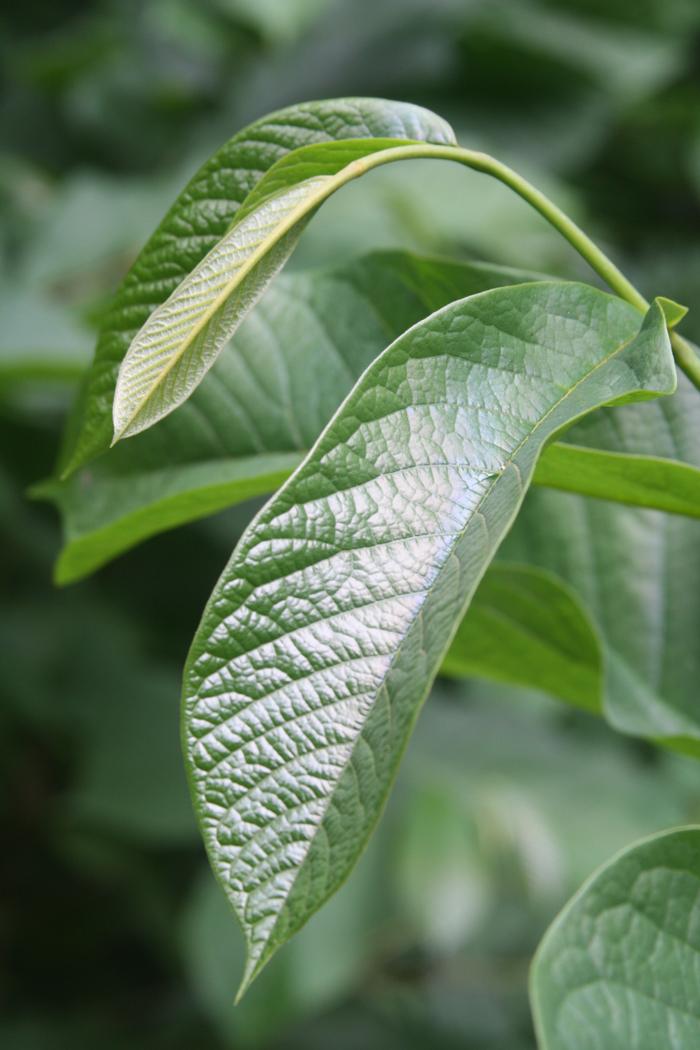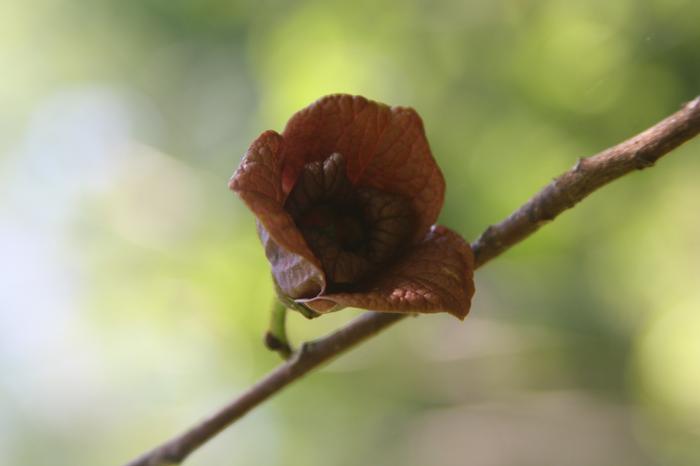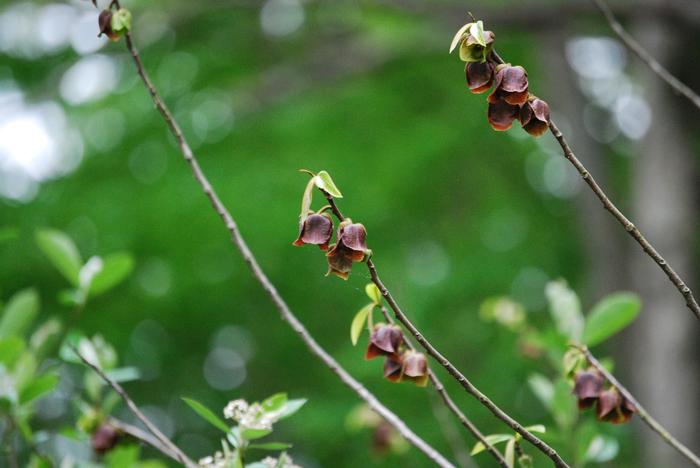Pawpaw is truly a unique tree. The deep maroon-red flowers appear in the spring, followed by edible fruits. Like many other fruiting plants a second tree for cross-pollination is recommended for the best fruit set. Pawpaws form small colonies with time.
Return to Plant Search Home
Cultivation Status
|
Exposure
|
Soil Moisture
|
Ecoregion
| • |
(83) Eastern Great Lakes Lowlands |
| • |
(84) Atlantic Coastal Pine Barrens |
|
Ornamental Interest
| • |
Summer Fruit |
| • |
Spring Bloom |
|
Attracts Wildlife
| • |
Other Pollinators/Wildlife |
| • |
Attracts Bees |
| • |
Host Plant |
|
Tolerance
|
Additional Attributes
|
Landscape Use
|
Attractive Fall Foliage and/or Ornamental Fruit
| • |
Bright Yellow to Bronze Fall Foliage |
| • |
Orange to Yellow Fruit |
|
Growth Habit
|




